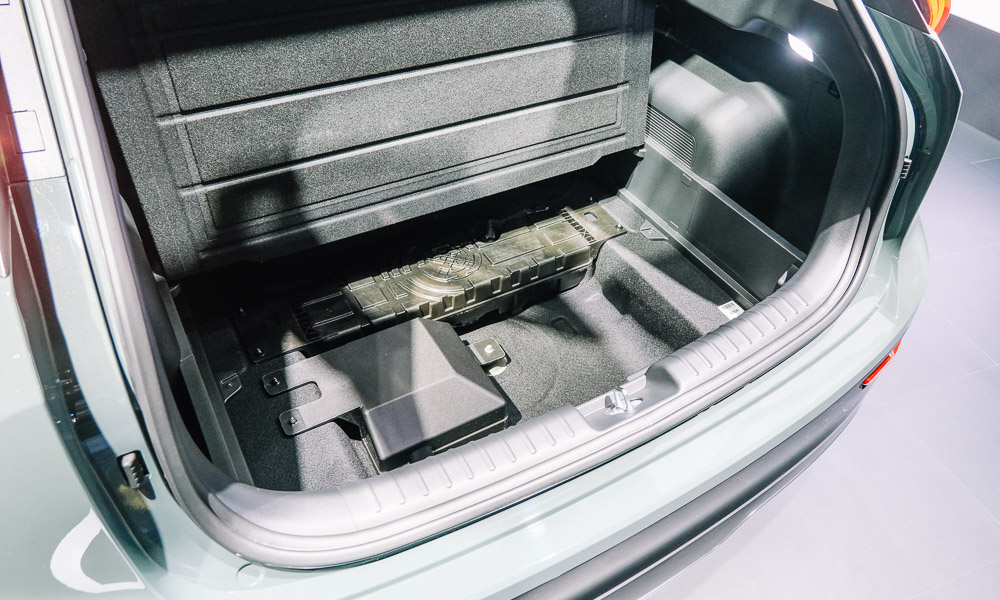
If you’ve been living under a rock, you may have heard of Korean cars winning a whole lot of accolades around the world. One of them is the Kia Niro crossover, which recently bagged the 2023 Women’s World Car of the Year, and is also in contention for the 2023 World Car of the Year award.
Unveiled at the 2022 New York International Auto Show, we got a chance to take a closer look at the latest iteration at the 2023 Seoul Mobility Show.




Specifically, this is the Niro EV, the battery-electric variant of the vehicle, but all of them look more or less the same.
Sporting a futuristic design directly lifted from the 2019 HabaNiro concept, it’s a subcompact crossover that has a few quirky design touches to separate it from the rest of the crowd, including contrasting C-pillars that seamlessly mesh with the boomerang taillights. All of it rides on 17-inch wheels, but you can also specify it with different designs and 18-inch wheels.




The interior is a swoopy yet understated affair with features lifted from the EV6‘s layout: a two-tone, black-and-white cabin with leather upholstery (for this specification); a two-spoke steering wheel; a center console with a rotary gear selector; switchable touch controls for the climate control/media; ambient lighting; and dual 10.25-inch displays.




It doesn’t ride on the Electric Global Modular Platform (E-GMP), but uses the third-generation K platform. Because of the flat floor thanks to the EV underpinnings, there is a breadth of space for second-row passengers. It can carry a lot of cargo, too. You can find 20L under the front trunk and 475L within the rear cargo area.
It has a single electric motor with a power output of 150kW and 255Nm. It isn’t the most powerful setup, with the 0-100km/h sprint taking 7.8 seconds, but it allows the 64.8kWh battery to eke out up to 460km of range. It can be charged from 10% to 80% in 43 minutes with a DC rapid charger.




For Korea, they also have it available in a purpose-built vehicle (PBV) variant called the Niro Plus. Based on the last-generation Niro, it has been lengthened by 10mm and is taller by 80mm. It also benefits from increased interior space thanks to slimmer structures, seats, and door trims.


It’s available in BEV, PHEV, and hybrid forms. Korea has a taxi-specific model, but there is also a non-taxi variant that is being offered in other select countries. Should Kia Philippines bring both of these versions to our market?











Comments